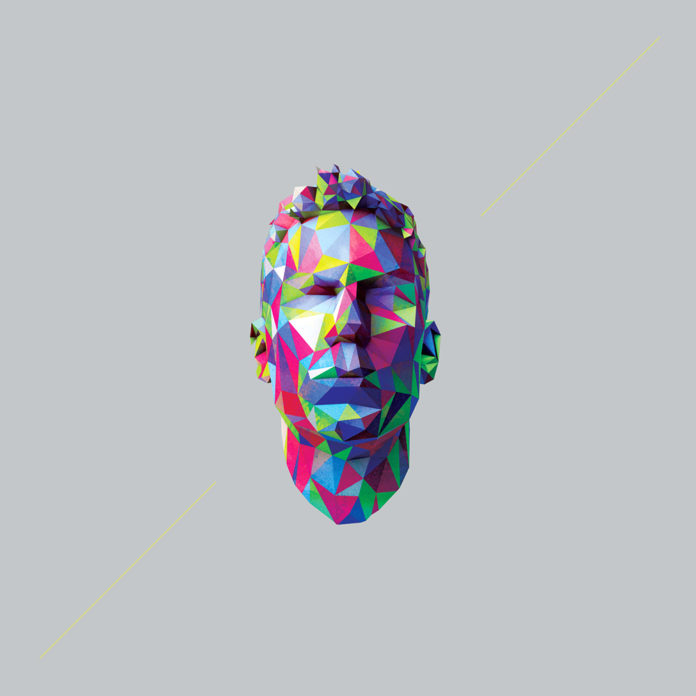
Last year, Google launched what was probably their biggest upgrade to its mobile operating system, Android. Known officially as Android Version 5.0 and nicknamed Lollipop, the OS was most notable for its shift towards an emphasis in beauty, color and boldness. If you look at the history of Google and its platforms, the company has always ‘ignored’ design in favor of the pursuit of other aspects of engineering and development. Lollipop, however, seemed to be an acknowledgement that design does matter and that engineering – whatever that meant to them in the past – doesn’t need to come at the expense of style and class.
At the heart of Lollipop was a new design language called Material Design, characterized by a very specific set of styles and principles meant to improve users’ interaction with their devices. This language was not just limited to the mobile platform but was meant to unify the user experience across the board, regardless of whether one was using a phone, tablet, PC or smartwatch. In the world of Material, there are do’s and don’ts and, once an app developer signs on to upgrade his or her app to this language, they have to ‘speak it’ fluently and not deviate from it. Certain user experience actions cannot happen in the world of Material because they break its laws. The video below gives a brief introduction to Material Design and how it works.
I have to put a little disclaimer here and say that I’m not a designer. If anyone were to ask me about the fundamental ins and outs, I wouldn’t be the best qualified person to talk design. What I can say, though, is that I love drawing parallels around various areas of life and learning from them.
Listening to Google’s VP of Design speak so lovingly about Material Design and its principles in the video above, reminds me of something that I was taught growing up and still live by today – that I am created – as we all are – by a God who knows us inside out. Not only are we created beings, but this entire world is created by Him too. I simply cannot believe that the intricacies of the human body and the majesty of an eagle in flight or a cheetah running at over 100 km/h in the savanna are just things that happened. Just as the Google Design team are familiar, to the detail, about how the world of Material works, so I believe that God knows how the world works, down to the last detail. Granted, we don’t always accept and understand everything but that doesn’t negate His existence.
Just as the proper execution of the design principles of Material (or any other human design language for that matter) will result in a “magical user experience”, to quote the Senior Designer at Google, it’s possible then that if we follow God’s principles as set out in His Word – the Bible – we will always live a life we could never have imagined. Perhaps it seems like over-simplification but then again, what’s wrong with simplicity?
Here at 1Africa, we believe in an abundant life that is exciting and full of discovery and adventure. However, we believe that this life can only really be found in God. It is possible to have a relationship with the great designer, the one who knows us all inside out. If you’d like to find out more, please click on the banner below.
